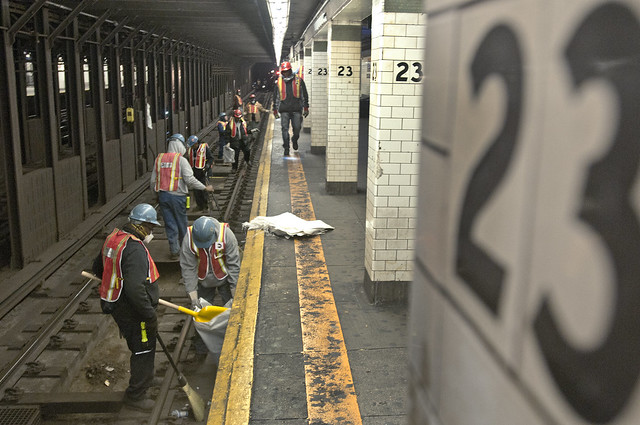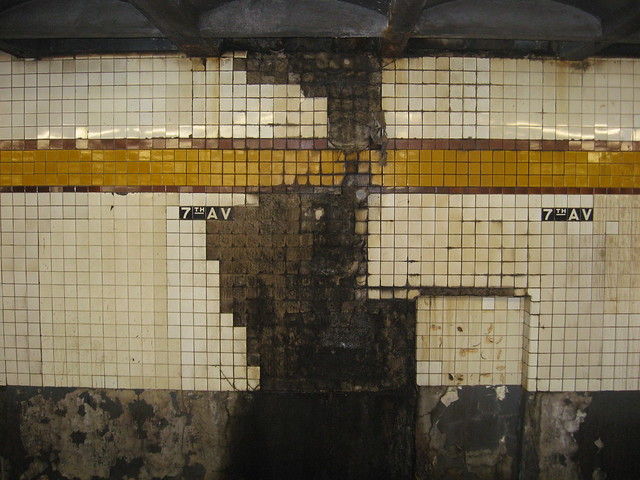As the MTA and TWU continue working toward a new contract, the expectations and demands from both sides are coming into view. We learned yesterday that the TWU plans to tell the MTA and Gov. Cuomo to “take their set of demands and shove it,” but what exactly are those demands?
According to Crain’s New York, the MTA’s demands are in line with what other New York unions have received recently. MTA CEO and Chairman Joe Lhota has proposed a five-year deal with no wage increases in years 1-3 and two percent bumps in years four and five. The MTA also has reportedly requested higher health care contributions from workers, a furlough period, a part-time bus driver position and a lower salary for station cleaners.
On the other hand, the TWU wants constant wage increases, especially if it signs a five-year deal, and seems cool on the thought of productivity gains, according to The Wall Street Journal. The union, says The Journal, wants five years of wage increases tied to the Consumer Price Index. They won’t get any such raises without major productivity gains though.
Ultimately, the issue boils down to money. The MTA doesn’t have money to usher in an increase in labor costs. A wage increase will come at the expense of the number of TWU members on the work rolls and their job descriptions. The union has mentioned slowdowns as they operate without a contract, but for now, the two sides will continue to negotiate.
















 (Rockaway Shuttle)
(Rockaway Shuttle)
 Queens residents along the Flushing line hoping for a quick trip into Manhattan are going to be out of luck until April. Starting next weekend and continuing through April 2, 2012, Transit is suspended weekend 7 service between Queensboro Plaza and Times Square. Furthermore, the Court Square station will be shuttered entirely from January 21-April 2. So much for that
Queens residents along the Flushing line hoping for a quick trip into Manhattan are going to be out of luck until April. Starting next weekend and continuing through April 2, 2012, Transit is suspended weekend 7 service between Queensboro Plaza and Times Square. Furthermore, the Court Square station will be shuttered entirely from January 21-April 2. So much for that 